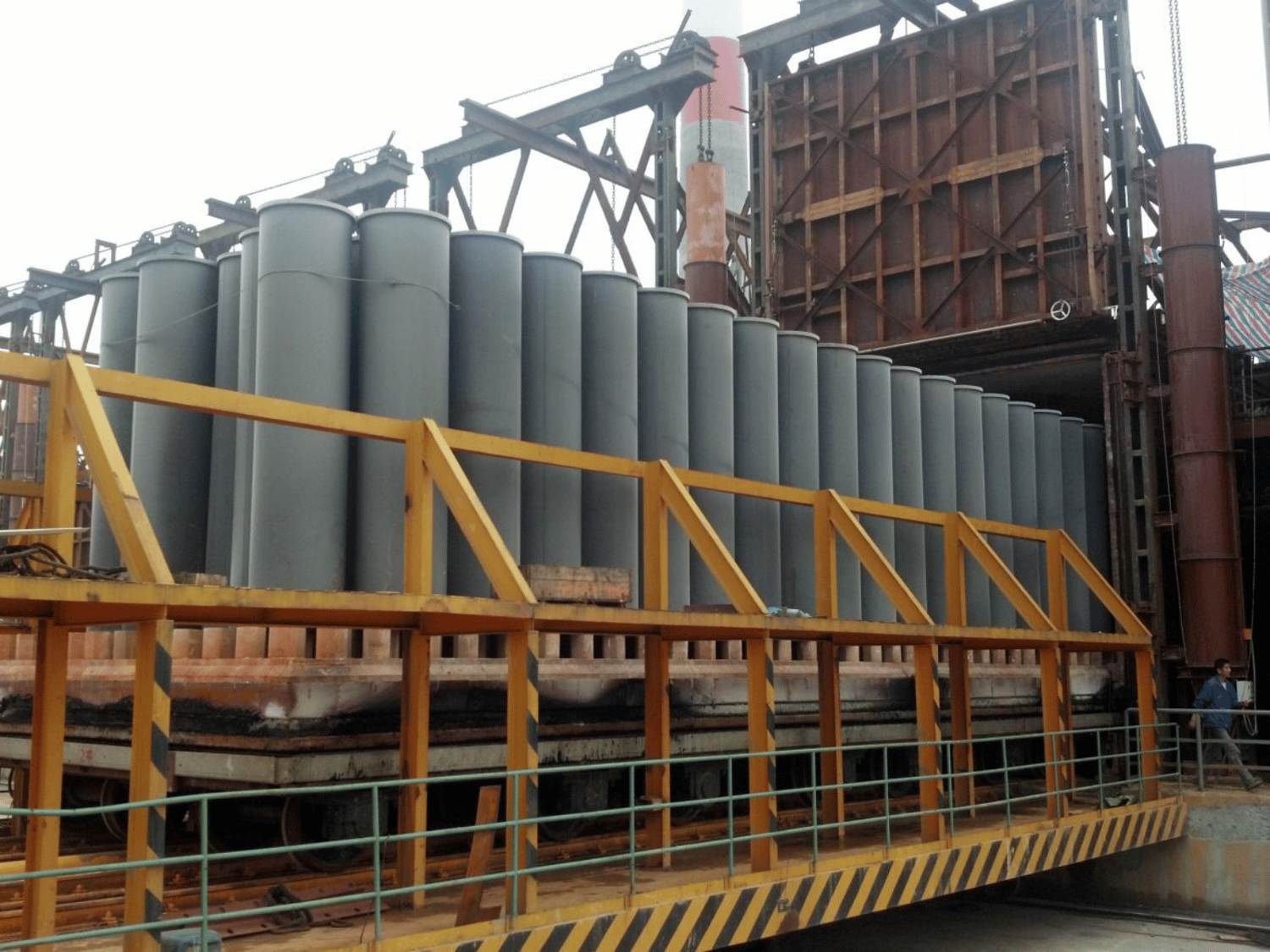Table of Contents

Furnace of the Future: Navigating the Advancements in Car Bottom Furnace Technology
Car bottom furnaces have long been an essential tool in various industries, including automotive, aerospace, and metallurgy. Over the years, advancements in technology have revolutionized these furnaces, making them more efficient, reliable, and versatile. In this article, we will explore the latest advancements in car bottom furnace technology and how they are shaping the future of industrial heating processes.
1. Enhanced Heating Efficiency
One of the key advancements in car bottom furnace technology is the improvement in heating efficiency. Modern furnaces now utilize advanced heating elements, such as radiant tubes and high-velocity burners, which provide faster and more uniform heating. This ensures that the desired temperature is achieved quickly and consistently, reducing energy consumption and production time.
2. Precise Temperature Control
Temperature control is critical in industrial processes, and car bottom furnaces have made significant strides in this area. Advanced control systems equipped with thermocouples and sophisticated software allow for precise temperature regulation, ensuring optimal heat treatment results. This level of control is particularly important in industries where even slight temperature variations can affect the quality of the final product.
3. Automated Operation
Gone are the days of manual operation and constant monitoring of car bottom furnaces. The latest advancements in technology have introduced automation features that streamline the entire heating process. These furnaces can now be programmed to follow specific temperature profiles, ramp rates, and hold times, eliminating the need for human intervention and reducing the risk of errors.
4. Improved Safety Features
Safety is a top priority in any industrial setting, and car bottom furnace technology has not overlooked this aspect. Modern furnaces are equipped with advanced safety features, including flame detection systems, gas leak detectors, and emergency shutdown mechanisms. These features not only protect workers and equipment but also prevent any potential damage to the products being heated.
5. Enhanced Durability and Reliability
Car bottom furnaces are subjected to high temperatures and harsh operating conditions. To withstand these challenges, manufacturers have developed furnace designs that prioritize durability and reliability. The use of high-quality materials, improved insulation, and robust construction techniques ensures that these furnaces can withstand the test of time and perform consistently without frequent breakdowns.
6. Versatility in Application
Traditionally, car bottom furnaces were primarily used for heat treatment processes. However, advancements in technology have expanded their capabilities, making them suitable for a wide range of applications. Today, car bottom furnaces can be utilized for various processes, including stress relieving, annealing, tempering, and even material testing.
7. Energy Efficiency and Sustainability
The increasing focus on energy efficiency and sustainability has also influenced the advancements in car bottom furnace technology. Furnace manufacturers are now incorporating energy-saving features, such as heat recovery systems and insulation enhancements, to minimize energy wastage. This not only reduces operating costs but also helps industries meet their environmental goals.
8. Remote Monitoring and Control
Thanks to the advancements in connectivity and automation, car bottom furnaces can now be remotely monitored and controlled. This feature allows operators to keep an eye on the furnace's performance, make adjustments if necessary, and receive real-time alerts in case of any issues. Remote monitoring and control enhance efficiency, reduce downtime, and enable predictive maintenance.
9. Integration with Industry 4.0
Industry 4.0, the fourth industrial revolution driven by automation and data exchange, has influenced various sectors, including furnace technology. Car bottom furnaces are now designed to integrate seamlessly with Industry 4.0 concepts, enabling data-driven decision-making, predictive maintenance, and optimization of production processes. This integration further enhances productivity and efficiency.
10. Future Innovations
The advancements in car bottom furnace technology show no signs of slowing down. Researchers and engineers are constantly exploring new materials, designs, and technologies to further improve these furnaces. Future innovations may include advancements in heat transfer mechanisms, the use of artificial intelligence for process optimization, and even the integration of alternative energy sources for heating.
